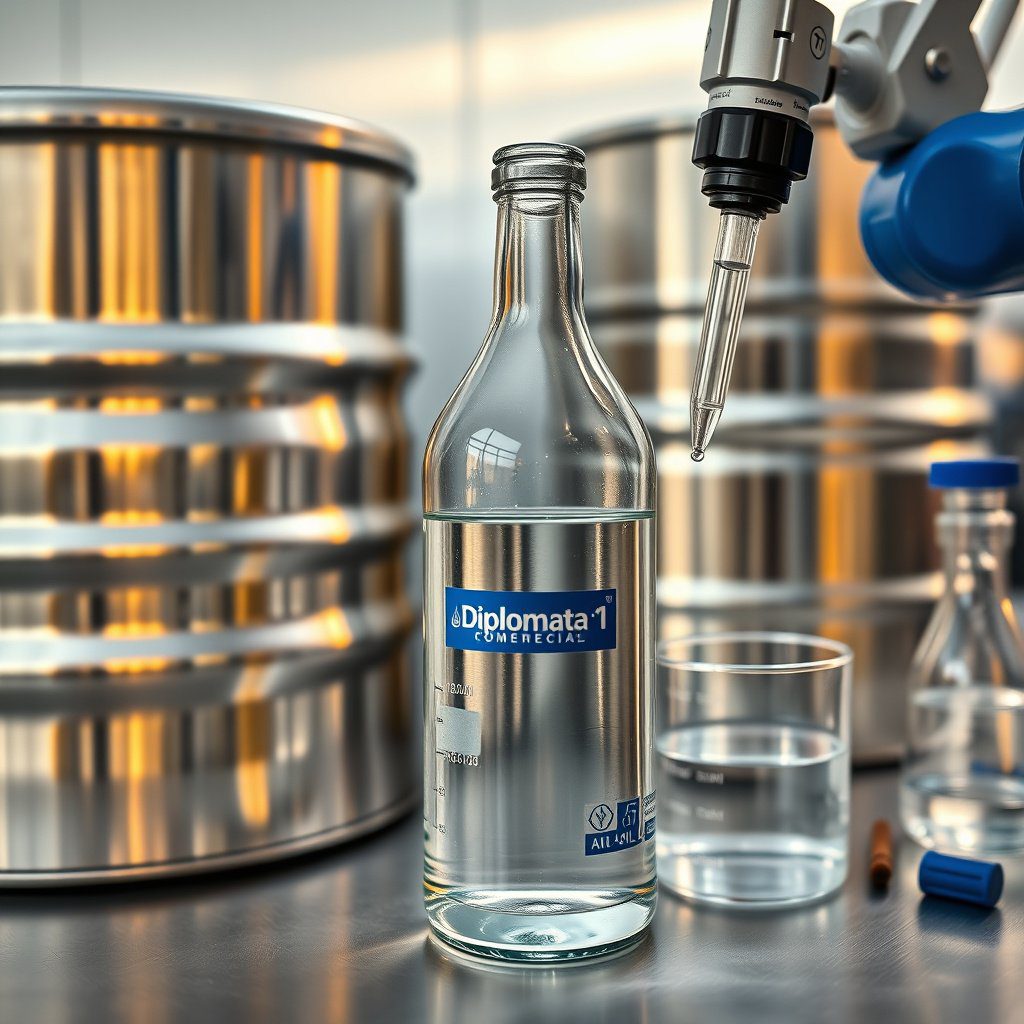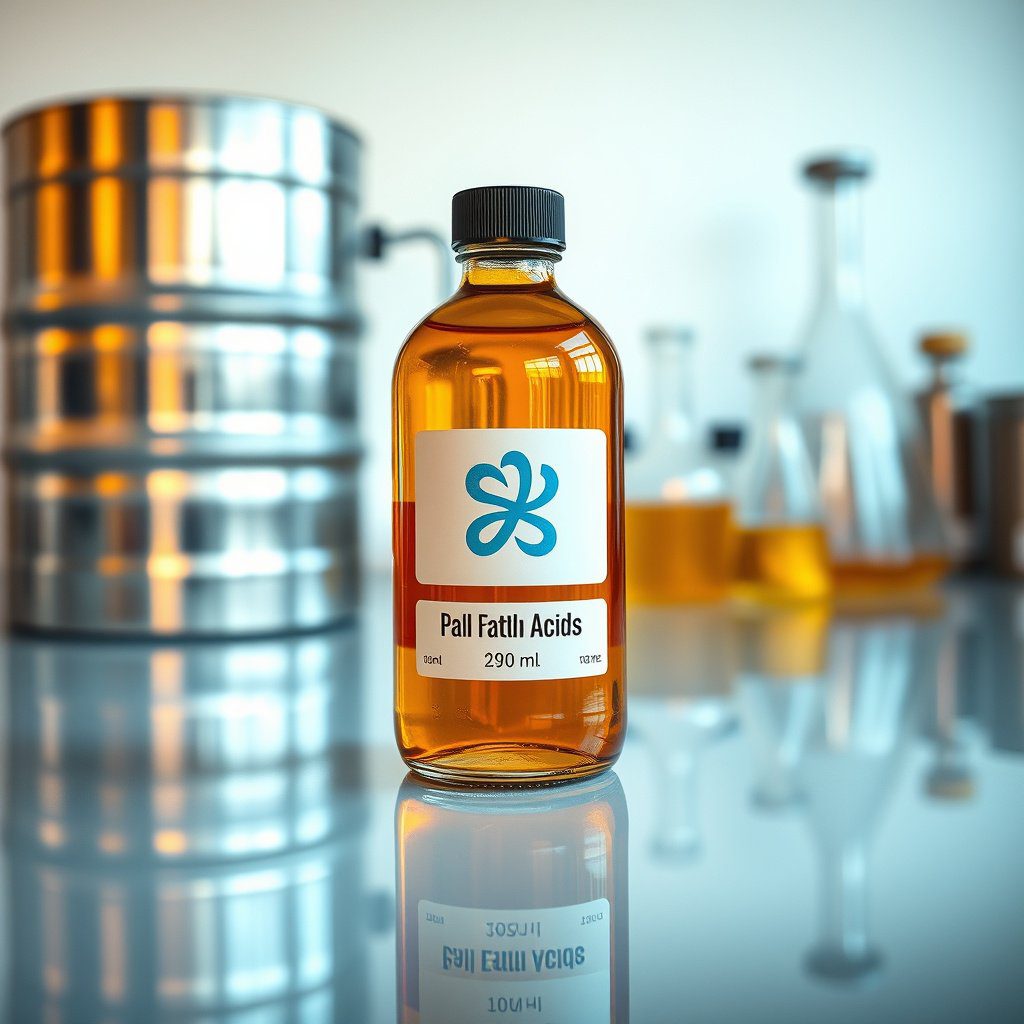Understanding Diethanolamine
Diethanolamine (DEA) is an organic compound belonging to the class of amines. It is a colorless, viscous liquid with a faint amine odor. In the textile industry, DEA is primarily utilized as a chemical intermediate in the production of surfactants, and its ability to enhance the wetting properties of textiles makes it an essential component in various formulations.
Role of Diethanolamine in Textiles
In the textile sector, diethanolamine serves multiple functions, including acting as a softening agent, a stabilizer in dyeing processes, and a pH adjuster. Its properties not only improve the finish of fabrics but also enhance the overall quality of textile products, making them more appealing to consumers.
Applications of Diethanolamine in Textile Finishing
Diethanolamine is extensively used in textile finishing processes, where it helps in the treatment of cotton, wool, and synthetic fibers. By modifying the surface characteristics of these materials, DEA improves dye uptake and fixation, ensuring vibrant and long-lasting colors in finished goods.
Environmental and Safety Considerations
While diethanolamine is effective in industrial applications, safety and environmental considerations are paramount. Proper handling and usage guidelines must be followed to mitigate any potential hazards associated with its use, including skin and eye irritation. Manufacturers are encouraged to adhere to regulatory standards to ensure workplace safety.
Market Demand for Diethanolamine in Textiles
The demand for diethanolamine in textiles is influenced by the growing need for high-performance fabrics that meet stringent quality standards. As the textile industry evolves, the use of DEA is expected to rise, driven by innovations in textile treatments and finishes that cater to consumer preferences for durability and aesthetic appeal.
Comparative Analysis: Diethanolamine vs. Other Amines
When comparing diethanolamine to other amines such as monoethanolamine and triethanolamine, its unique properties make it particularly suitable for textile applications. Each of these amines has distinct functionalities; however, DEA stands out due to its superior softening and surfactant capabilities, which are crucial in textile processing.
Sourcing High-Purity Diethanolamine
For manufacturers looking to source diethanolamine, it is vital to procure high-purity grades that meet industry specifications. Suppliers, especially those positioned as leading distributors, should ensure that their DEA products are compliant with quality standards to support the textile industry’s needs effectively.
Exporting Diethanolamine to the U.S. Market
The export of diethanolamine to the U.S. market is a significant opportunity for Brazilian suppliers. By establishing reliable supply chains and distribution networks, suppliers can effectively cater to the increasing demand for high-purity amines in various industrial applications, including textiles.
Future Trends in Diethanolamine Usage
The future of diethanolamine in textiles looks promising, with ongoing research aimed at enhancing its applications and reducing potential environmental impacts. As sustainability becomes a focal point in the textile industry, innovations in the formulation and application of DEA may lead to more eco-friendly alternatives that retain performance characteristics.


